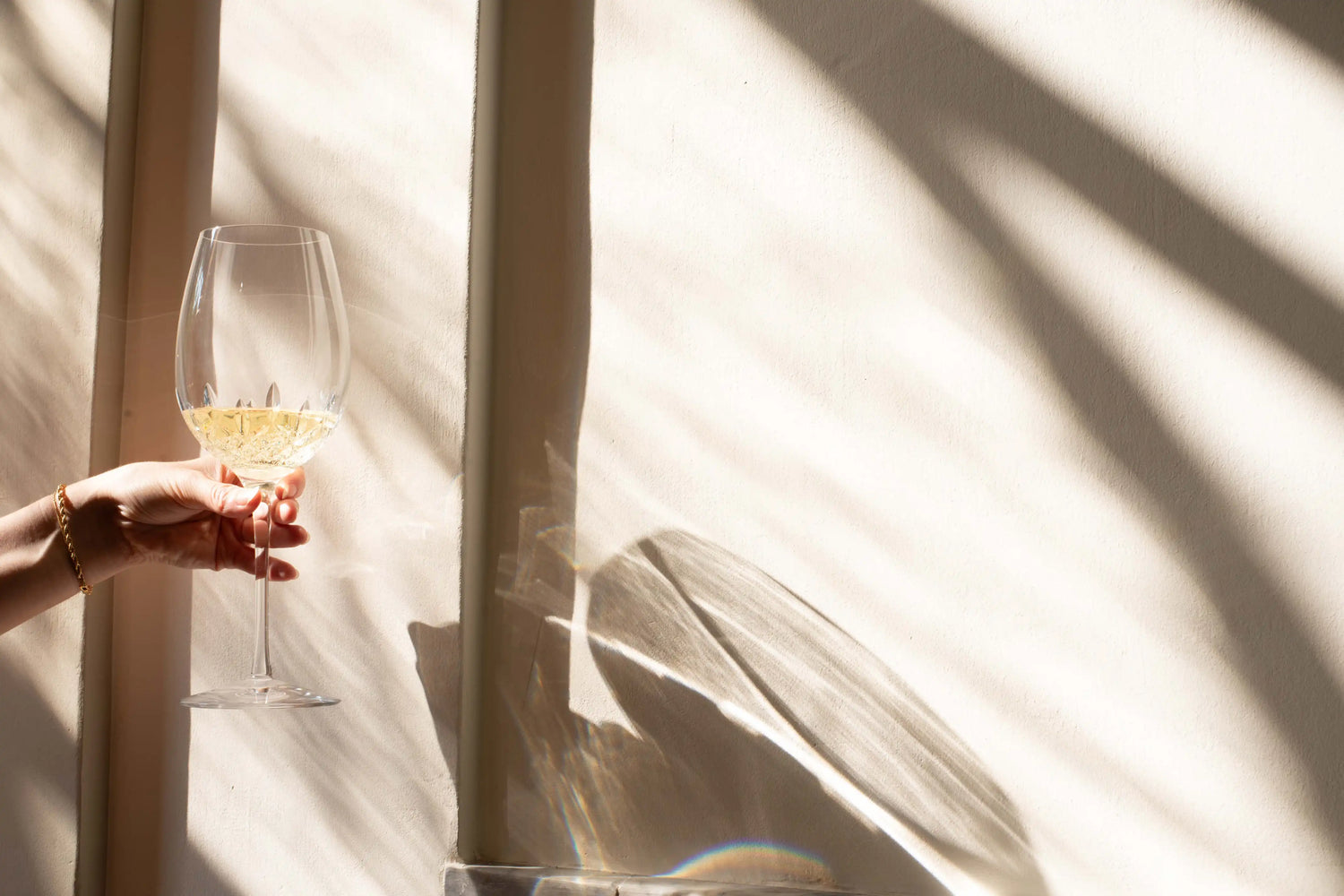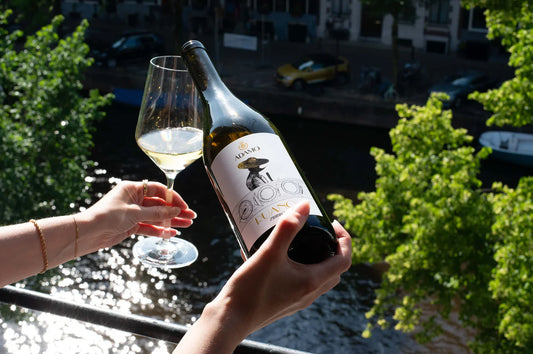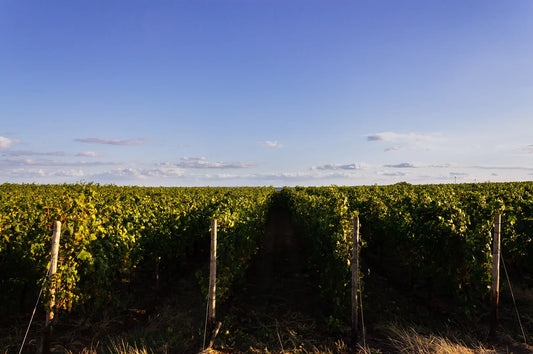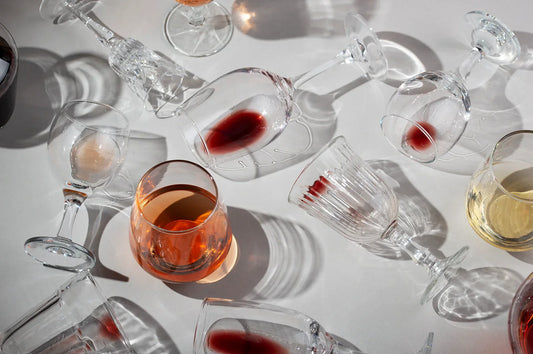Whether you're a seasoned enthusiast or a curious novice, these steps will help you appreciate the unique nuances that make every wine a delightful experience. Grab your favourite glass and join us on this adventure!
- Observe the Colour
Hold your wine glass at an angle against a white background. Observe the wine's colour, noting its intensity and how close the colour extends to the rim. Red wines may range from deep purple to brick red, while whites can span from pale straw to golden hues. The colour provides valuable clues about the wine, including its age.
- Swirl
Gently swirl the wine in the glass to release its aromas. This action also coats the sides of the glass, allowing you to observe "legs" or "tears." These droplets indicate the wine's viscosity or thickness, providing insights into its texture.
- Smell the Wine
Bring the glass to your nose and inhale deeply. Explore the three types of aromas:
- Primary Aromas: Related to the grape itself (e.g., citrus, floral, berry, cherry notes).
- Secondary Aromas: Resulting from the winemaking process (e.g., yeasty, buttery, and earthy notes).
- Tertiary Aromas: Developed during the ageing process (e.g., vanilla, toast, leather, and smoke notes).
- Taste
Take a small sip and let the wine coat your palate. Consider the wine's structure, including acidity, tannins (mostly in red wines), sugar levels, fruit flavours, and alcohol content. Assess the balance of these elements and note specific flavours like fruits, spices, or earthiness.
- Finish
Pay attention to the lingering aftertaste, known as the finish. Evaluate how long the flavours linger on your palate after swallowing. A long finish suggests complexity and depth, providing insights into the wine's overall quality.
- Our Favourite Step: Lots of Practice!
Tasting wine is a skill that improves with practice. Like learning a sport or an instrument, the more you practise, the better you become. And what better excuse to enjoy more wine?
Until next time, stay nosey and keep practising!




